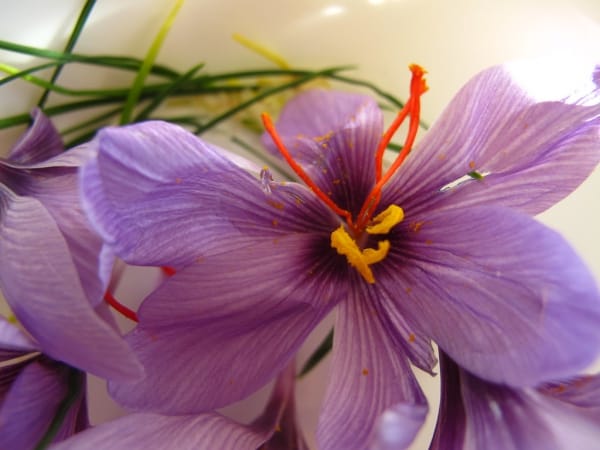Allocation of 135 hectares under saffron cultivation in Sirjan
Mahmoud Abadi, director of Jihad Keshavarzi in Sirjan city, said: Since the water shortage crisis has become one of the biggest challenges for farmers in recent years, so in the meantime, planting plants with low water requirements and economical economics seems inevitable.
He added: Saffron plant, as the most expensive agricultural and medicinal product in the world, is one of the plants that has found a significant role in the economic and social situation of arid and semi-arid regions due to low water needs and drought resistance.
Mahmoud Abadi stated: Sirjan city has a significant potential for planting this crop and in recent years has been very welcomed by farmers.
He said: in order to cultivate saffron in Sirjan city, during this year, applicants will be provided with 9% facilities for saffron cultivation from the National Development Fund (paragraph A-Note 18) and through the agency of Keshavarzi Bank and 9 applicants to receive a total of about 4750 million Rials have been introduced to the bank at the level of 14 hectares of the above-mentioned facilities.
He added: the area under cultivation of this valuable crop in the city is currently 135 hectares, which is 22.7 hectares related to the development of new cultivation this year.
Director of Jihad Keshavarzi of Sirjan city stated: The amount of crop production this year has been about 195 kg, which saffron yield varies between 3-5 kg according to the soil and climate of the region and the average crop yield is about 2.3 kg per hectare, which is the highest Yield in the city was 5 kg of dry crop per hectare.
He added: the employment rate of saffron cultivation plan is fixed for 2 people per hectare and between 12 to 20 seasonal workers for almost two months in each period to harvest and clean flowers.







Get Social